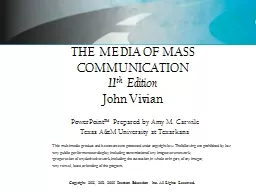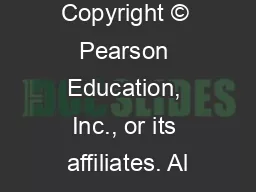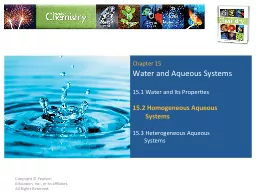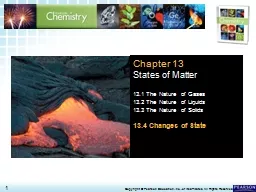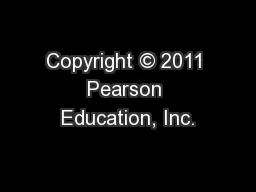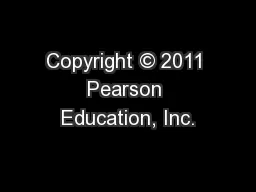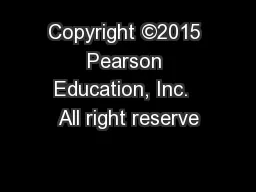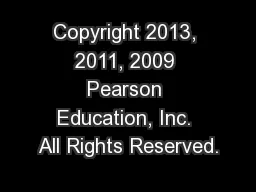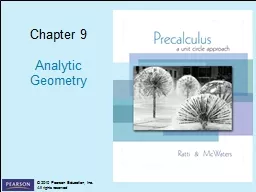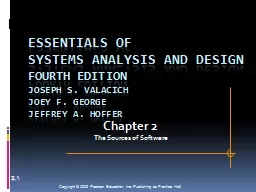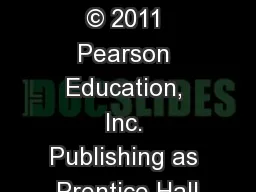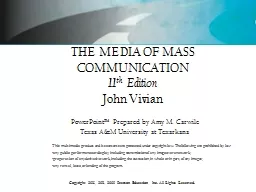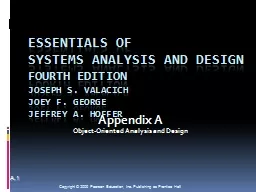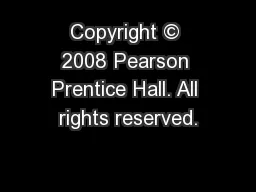PPT-Copyright 2013, 2011, 2009 Pearson Education, Inc. All Rights Reserved.
Author : conchita-marotz | Published Date : 2018-11-06
THE MEDIA OF MASS COMMUNICATION 11 th Edition John Vivian PowerPoint Prepared by Amy M Carwile Texas AampM University at Texarkana This multimedia product and
Presentation Embed Code
Download Presentation
Download Presentation The PPT/PDF document "Copyright 2013, 2011, 2009 Pearson Educa..." is the property of its rightful owner. Permission is granted to download and print the materials on this website for personal, non-commercial use only, and to display it on your personal computer provided you do not modify the materials and that you retain all copyright notices contained in the materials. By downloading content from our website, you accept the terms of this agreement.
Copyright 2013, 2011, 2009 Pearson Education, Inc. All Rights Reserved.: Transcript
Download Rules Of Document
"Copyright 2013, 2011, 2009 Pearson Education, Inc. All Rights Reserved."The content belongs to its owner. You may download and print it for personal use, without modification, and keep all copyright notices. By downloading, you agree to these terms.
Related Documents

